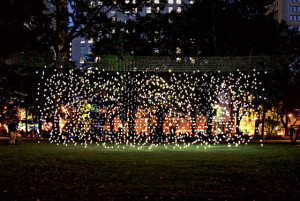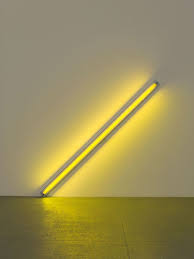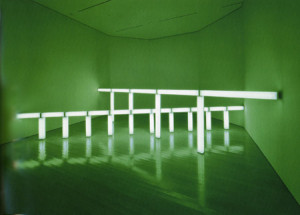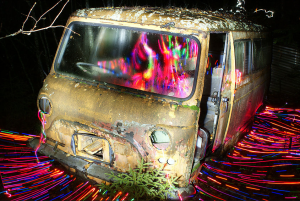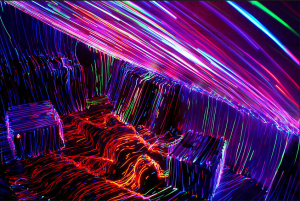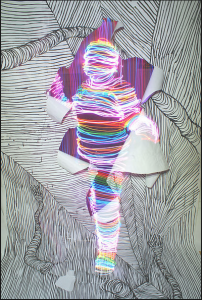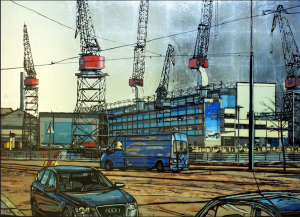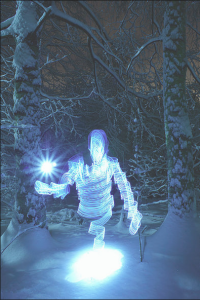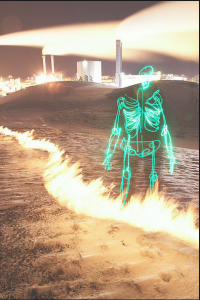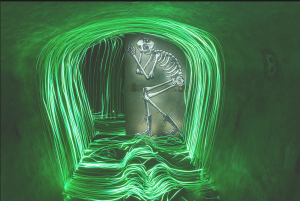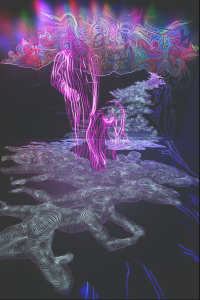I’m a senior majoring in Civil Engineering. I grew up in Dorchester surrounded by a big family. I play all sport but my two favorites are basketball and ice hockey. On my free time I like to either play sports or draw. When I was five, I won a drawing contest and receive a scholarship to a modeling program.
I have a few different experiences with art from pencil drawing to computer software art. In high school I did some art drawings using water color, chalk, pencil, and paint. When I came to WPI that is when my art experience opened up more. I learned about Photoshop, Maya, and Zbrush, which is used for 3D Modeling. I really liked the Zbrush software the most
I do not have a lot of experience with programming or electronics. In high school I did a program at MIT where I learned about a little about programming, but it did not really interest me which reasoned in me not learning that much from the course. I also did a course on electrical engineering, where I did a light project using sound waves from a speaker to light up the word on the brass board. The louder the sound the bright the words would light up. Sadly I have not used that skill in a long time.
I’m not that interested in writing, theater, or dance, but I have practiced dance and theater work when I was young. I have some experience in those two fields. In the future I would like to practice music. I have all always wanted to know how to play an instrument. I do not know much about craft art but it sounds interesting.
I love designing things and thinking of new projects I can create, design, or build. I love sneakers and have about 50 pairs of sneakers. One day I would like to design a pair of popular sneakers for the world.
The most recent art project I am most proud of would have to be from my 3D modeling class. I learned how to use Zbrush and made a detailed sculpture of myself. I have attached some pictures from my work below.

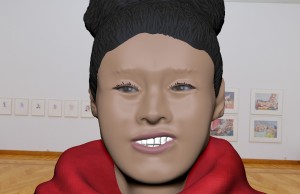
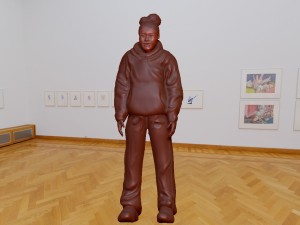
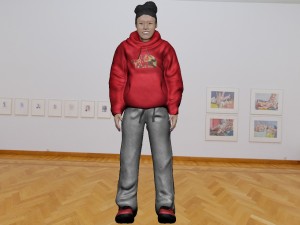

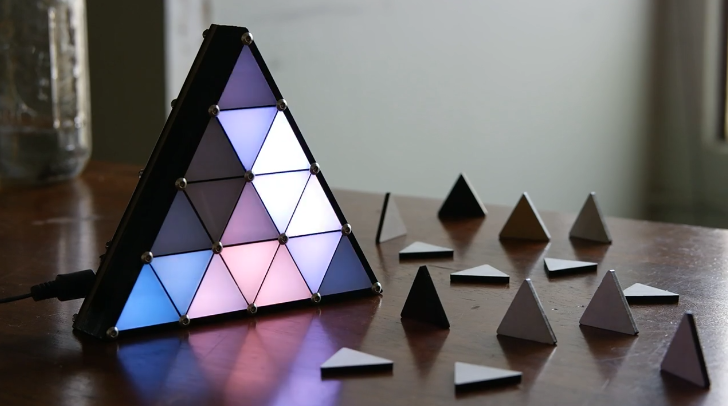
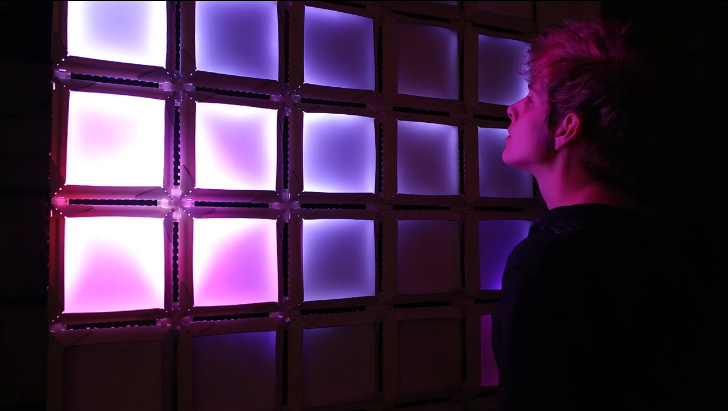
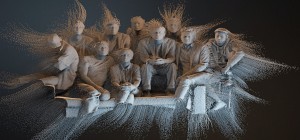
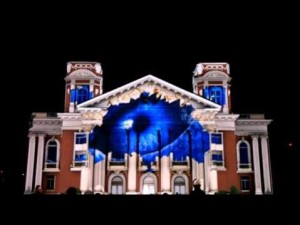


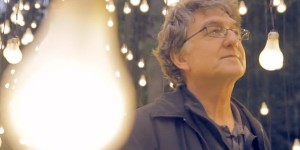
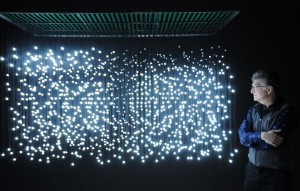
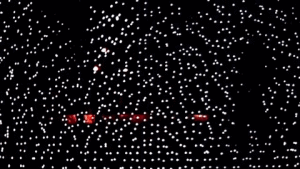 Campbell’s style stems from his love of ultra low resolution. Whereas most high definition displays have around 2 million pixels, his art installations have around 200 to 2000 pixels. Sometimes he uses RGB pixels to give some color to his work, other times he simply uses single color pixels to break down his work. The point of his ultra low resolution is to break down and discard the details of a scene and leave it with just the large brushes of outlines and colors.
Campbell’s style stems from his love of ultra low resolution. Whereas most high definition displays have around 2 million pixels, his art installations have around 200 to 2000 pixels. Sometimes he uses RGB pixels to give some color to his work, other times he simply uses single color pixels to break down his work. The point of his ultra low resolution is to break down and discard the details of a scene and leave it with just the large brushes of outlines and colors.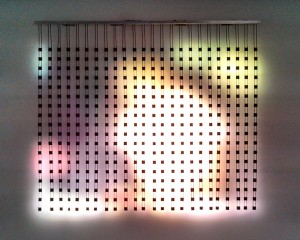 The first Art Piece is called Home Videos (David). This shows the home videos of the family of David, who is a boy born around the same time as Campbell. The installation shows in characteristic ultra low resolution, the aging of David and his early life. Campbell has other “Home Video” sequences, including many he shot, but he most likes David as it is similar to his own life.
The first Art Piece is called Home Videos (David). This shows the home videos of the family of David, who is a boy born around the same time as Campbell. The installation shows in characteristic ultra low resolution, the aging of David and his early life. Campbell has other “Home Video” sequences, including many he shot, but he most likes David as it is similar to his own life.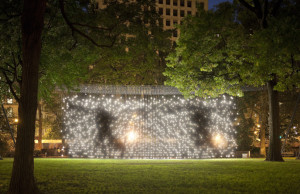 Finally, there is the installation Scattered Light. This is an array of incandescent bulbs that are stuffed with LEDs that hang in a seemingly irregular and chaotic arrangement. Viewed from all angles but one, the lights seem to twinkle with irregular timing and be completely independent. However, if you view the installation from head on, you will see ethereal people walking across the lights. These people were recorded in Grand Central Terminal, for their chaotic and crazy movement.
Finally, there is the installation Scattered Light. This is an array of incandescent bulbs that are stuffed with LEDs that hang in a seemingly irregular and chaotic arrangement. Viewed from all angles but one, the lights seem to twinkle with irregular timing and be completely independent. However, if you view the installation from head on, you will see ethereal people walking across the lights. These people were recorded in Grand Central Terminal, for their chaotic and crazy movement. 